Former Minister of Natural Resources and Environment (MONRE) from 2007 to 2011, Pham Khoi Nguyen, opened the story by affirming the thinking and policy of economicizing the sector from more than 15 years ago and said that when the Agriculture and Environment sectors merged, it was a historic moment, a great opportunity to move towards a vision of sustainable development - where the economy, resources and people are placed in the same entity.
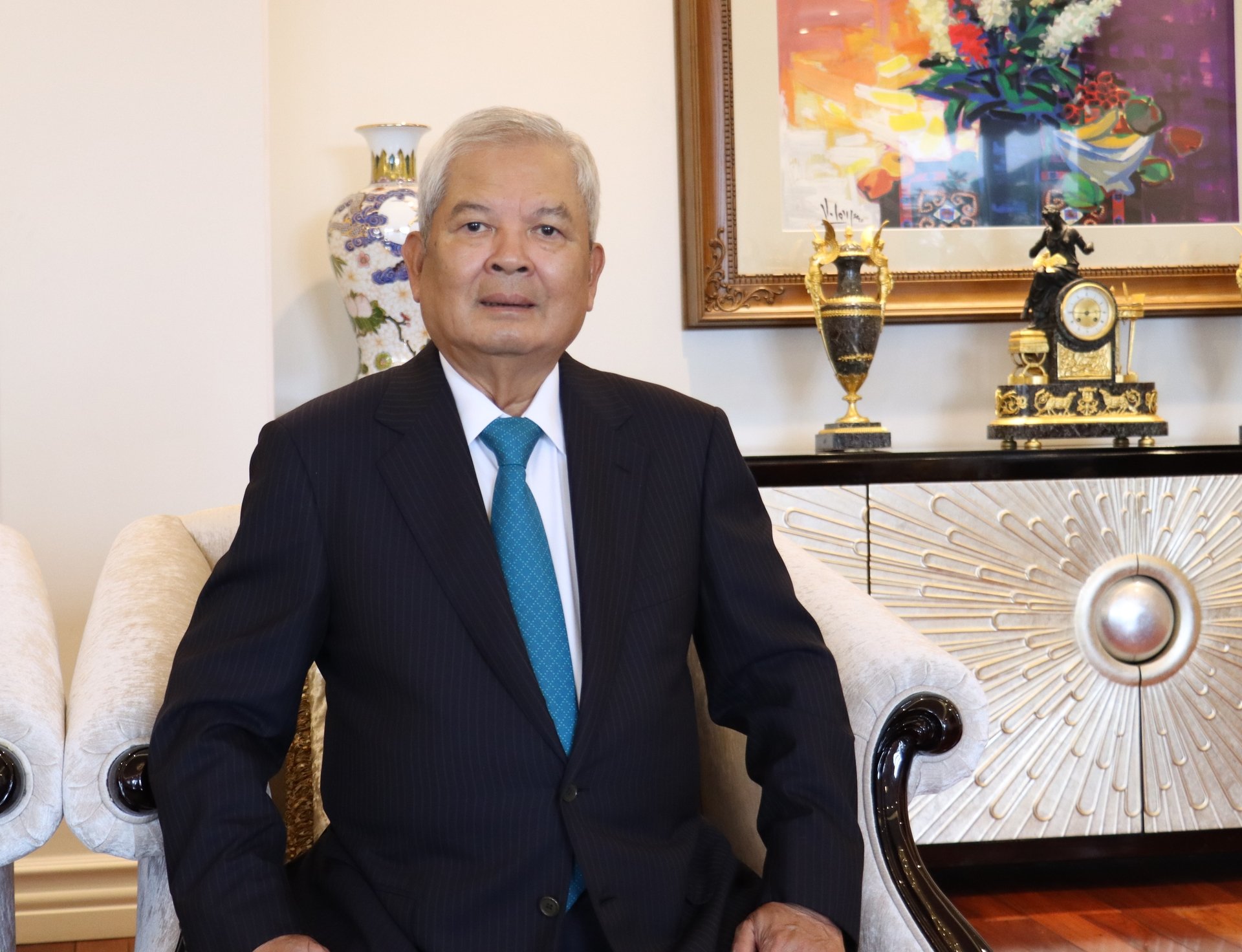
Former Minister Pham Khoi Nguyen shared with Agriculture and Environment Newspaper about the journey of " economicizing the natural resources and environment sector" - a timeless mindset, laying the foundation for green and sustainable development. Photo: Nguyen Thuy.
Environmental resources must be properly valued.
Sir, during the 2007-2011 term when you held the position of Minister of Natural Resources and Environment , the policy of "economicizing the Natural Resources and Environment sector" brought a new breeze to the management and operation of the sector. Could you please share your thinking at that time, why did the Party Executive Committee at that time choose this direction when the economy was still heavily dependent on exploitation and administrative management?
The policy of "economicizing the natural resources and environment sector" was born from the inevitable requirement of the process of transforming our country's economy from a subsidized mechanism to a socialist-oriented market economy. At the beginning of the 21st century, when the production, trade and service sectors quickly adapted to the market mechanism, the natural resources and environment sector was still slow to transform, mainly focusing on basic investigations, statistics and measurements, and was not really recognized as an industry that creates economic value, although natural resources and environment can create a lot of material wealth, both directly and indirectly.
During the first term, when the Ministry of Natural Resources and Environment was established on the basis of merging many fields of many ministries and branches, former Minister Mai Ai Truc had a policy to improve the operational efficiency of the branches in the Ministry to gain economic efficiency for society. The most prominent point is that the 2003 Land Law mentioned land auctions.
Entering the second term, being appointed as Minister, I think there needs to be a new breakthrough, continuing to promote the land economicization policy to other sectors of the Ministry, bringing market principles into resource management, linking investment efficiency with social responsibility.
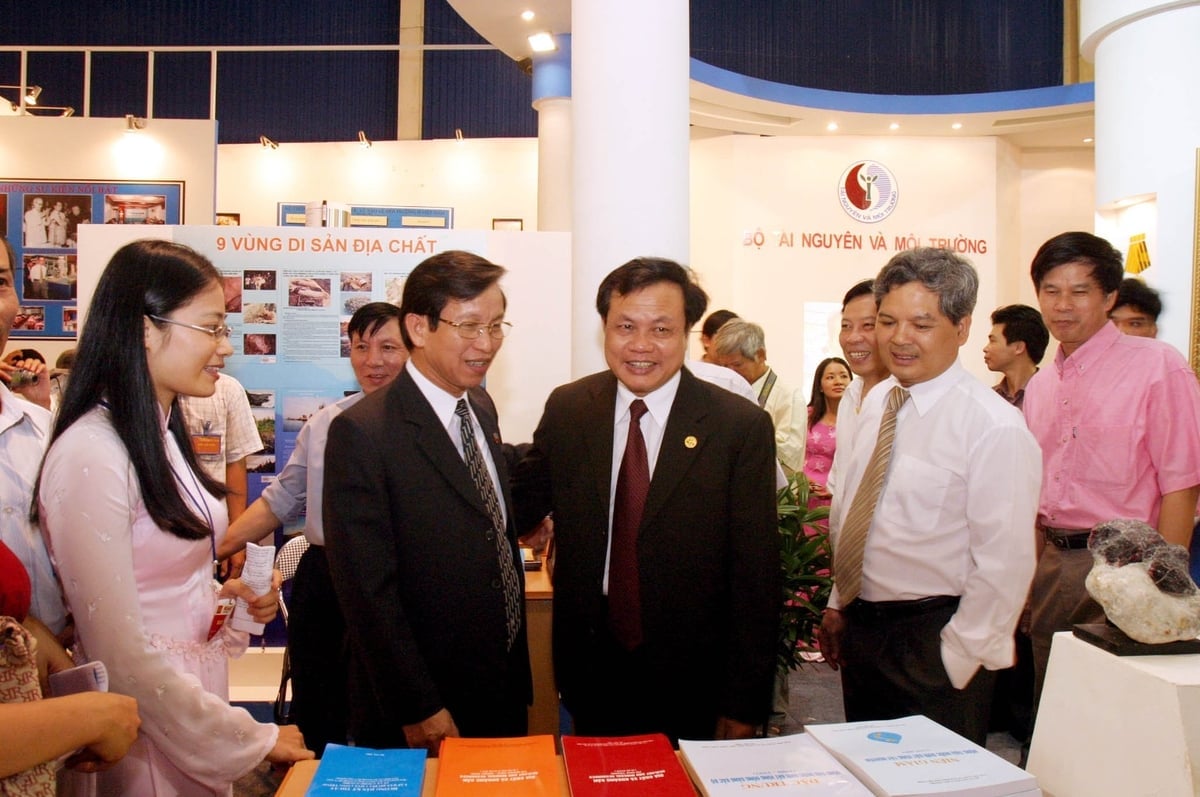
Former Minister of Natural Resources and Environment Mai Ai Truc (2nd from left) and former Secretary of the Hanoi Party Committee Pham Quang Nghi and former Minister of Natural Resources and Environment Pham Khoi Nguyen (4th from left in white shirt) at the exhibition of geological achievements. Photo: Hoang Minh.
One of the important factors to achieve this goal is to know how to properly value resources and the environment, and calculate costs and benefits in all management activities. Resources are only truly valuable when they are considered as “natural capital” for development, not as ownerless assets.
At that time, I reported to the Prime Minister and was approved for the Ministry to develop a separate Resolution of the Party Committee on "economicizing the natural resources and environment sector". Resolution 27-NQ/BCSDTNMT issued at the end of 2009 clearly stated: Truly considering resources as an increasingly scarce resource that needs to be marketized, considering environmental protection as a measure of the efficiency and sustainability of economic activities, which can be comprehensively and fully accounted for for the country's sustainable development; Innovating mechanisms and policies on natural resources management and environmental protection and promoting administrative reform are key tasks to promote the economicization of the natural resources and environment sector; taking people as the center. This is an important guideline for us to boldly carry out innovations from policy to implementation organization.
Bringing efficiency and responsibility thinking into resource management
Can you share how the Ministry "economically operated" in each field at that time?
If we talk about the most obvious starting point of the idea of “economicizing the natural resources and environment sector”, it is land. In the early days, many localities still applied fixed land price frames and land price lists, which did not reflect the true market value. The auction of land use rights at that time was only in the experimental stage, due to the lack of adequate preparation in terms of clean land fund, technical infrastructure and financial mechanism. The exploitation of land value through auctions was only piloted in some localities, mainly for exploratory purposes, and had not yet become a key economic tool.
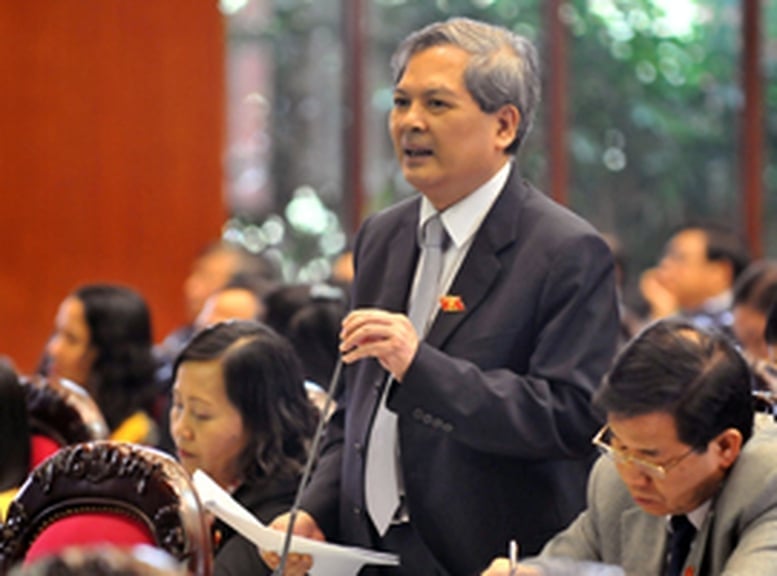
Minister of Natural Resources and Environment Pham Khoi Nguyen answers questions from National Assembly deputies on bauxite mining on November 22, 2010. Photo: Chinhphu.vn.
Promoting and inheriting the achievements of the previous period in land auction, the Ministry's leaders directed the General Department of Land Management to draft and submit to the Government for promulgation Decree 69/2009/ND-CP providing additional regulations on land use planning, land prices, land recovery, compensation, support and resettlement.
The Decree is considered a comprehensive policy and solution to fundamentally remove difficulties in compensation, support and resettlement when the State reclaims land, meeting people's expectations.
The most prominent point of the Decree is the regulation on unified land management through a common system of records and books, creating favorable conditions for people to access and carry out land procedures in a more transparent and simple manner.
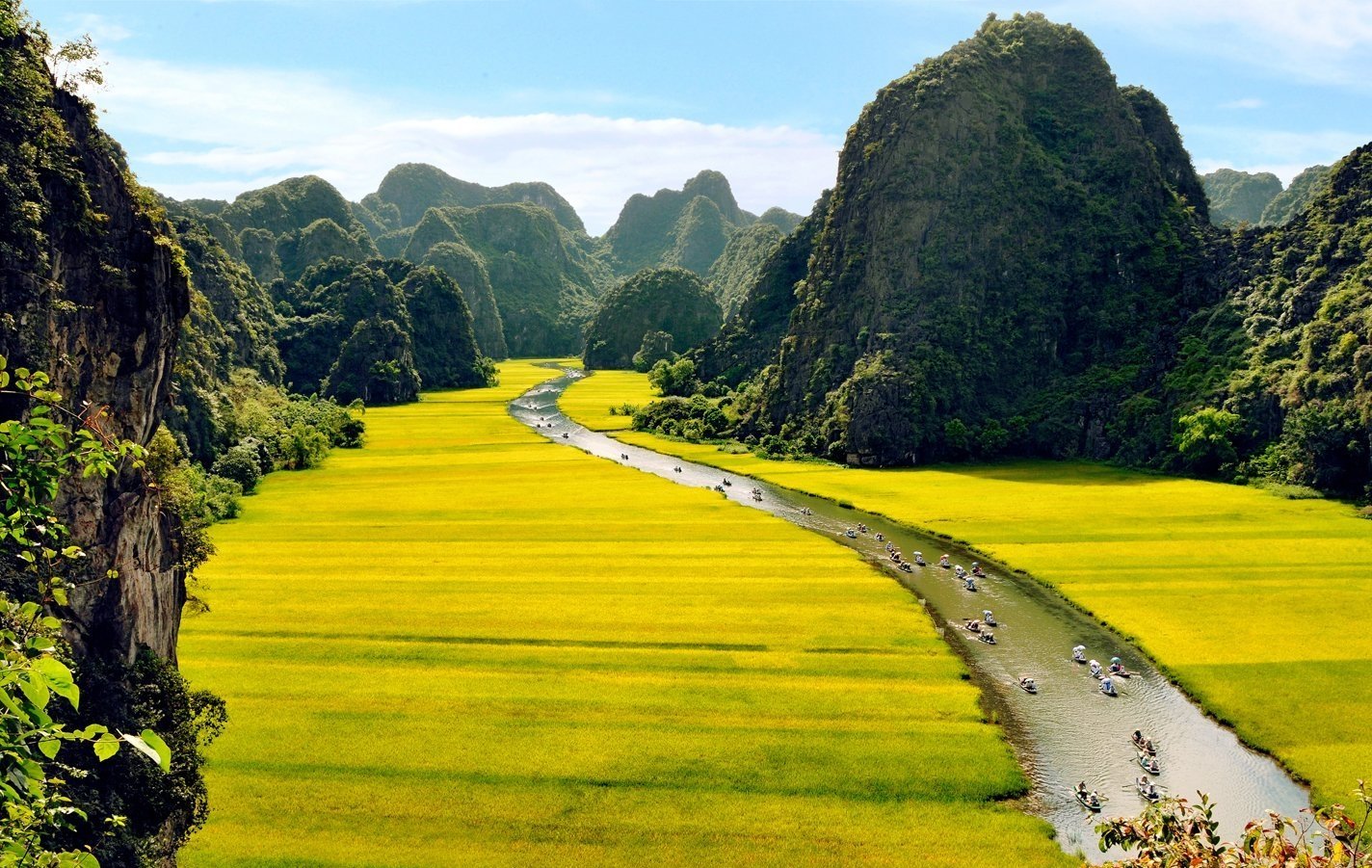
The policy of “economicizing” the environmental sector has been concretized through economic instruments in the Law on Environmental Protection and the Law on Biodiversity. Photo: Duy Khang.
After land, the mineral sector was the second breakthrough. At that time, the Ministry directed the drafting of the revised Mineral Law, which for the first time introduced a mechanism for auctioning mining rights and collecting fees for granting mineral mining rights.
To do that, we must first step up the investigation and assessment of reserves, clearly determine the value of resources, because only when we "know what we have" can we have transparent and fair auctions. The policy of collecting fees for granting mineral exploitation rights is an important step forward. Since this policy was implemented, by the end of July 2025, the state budget has collected nearly 64 trillion VND from fees for granting exploitation rights - a result that affirms the effectiveness of the "economicization" mindset.
The Ministry of Natural Resources and Environment has successfully organized auctions for 14 important mineral areas. This method has ended the “ask-give” mechanism, selected capable enterprises, committed to deep processing and investment in modern, environmentally friendly technology; and at the same time, supplemented budget revenue.
The policy of “economicizing” the environmental sector has been concretized through economic instruments in the Law on Environmental Protection and the Law on Biodiversity. Accordingly, enterprises must fulfill financial obligations for activities generating waste, wastewater, emissions and comply with tax mechanisms, environmental fees, and eco-labels.
Applying these tools not only enhances businesses' responsibility in environmental protection but also creates financial resources for the State, serving reinvestment in environmental activities, gradually forming a circular economy and sustainable development.
The policy of “economicization” has also been initiated in the field of hydrometeorology (HT). Each parameter of rain, wind, temperature or flow is the result of a vast monitoring network, the effort of thousands of staff who are on duty day and night, measuring. However, in the past, the provision of data was only collected at the “copying fee” level, which was not commensurate with the actual value.
In fact, the demand for using KTTV data from private economic sectors, especially in fields such as fisheries, energy, agriculture, maritime, etc., is increasing rapidly. Therefore, collecting fees for exploiting KTTV data as a specific product is an inevitable requirement, creating a source of revenue for reinvestment in the industry.
Even in a technical field such as cartography, we also aim to include a separate chapter on economics in the law. Because maps are not only purely technical products, but also an important source of input data for planning construction, transportation, agriculture, national defense and security. When converted to a digital platform, map data also becomes a "digital resource", playing a key role in national planning and development.
“Economicization” is not commercialization, but bringing efficient and responsible thinking into resource management. When we can value resources, manage cash flow and reinvest in the industry, resources are no longer “savings”, but become natural capital to promote national development.
Measured by efficiency and responsibility
Sir, from the policy, Resolution to realization, how did the Ministry of Natural Resources and Environment implement it at that time?
For “economicization” to truly come into life, it must first start with the legal system. At that time, the Ministry of Natural Resources and Environment introduced a series of “leverage” policies, such as auctioning land use rights, collecting land rent, exploiting minerals with permission, collecting environmental fees, water resource exploitation fees, etc. All of them aim at a common philosophy: resources must be used effectively, bringing value to the country and future generations, not just numbers on maps or reports.
The second step was to build a team of cadres. At that time, in the Ministry, there were very few cadres with in-depth knowledge of economics, most of them coming from technical fields. The Party Executive Committee boldly sought and attracted people with economic thinking and market understanding - the "queen bees" who could lead, connect and create influence throughout the industry.
Along with “bringing good economic people into the apparatus”, we focus on training long-term human resources for the industry. The Ministry decided to upgrade two colleges into two Universities of Natural Resources and Environment in Hanoi and Ho Chi Minh City, opening more majors in land economics, resource economics, and environmental economics. At the same time, we expanded the cooperation agreement with the National Economics University to open the first Faculty of Environmental Economics in Vietnam; cooperate with the University of Natural Sciences, the University of Mining and Geology and many other universities to build a training program for cadres in the fields of Natural Resources and Environment.
The third step is to organize the implementation and dissemination of the policy to the entire local system, through organizing training courses and granting certificates to Department officials, both updating the law and training management skills, auctioning, and pricing of land, minerals, and water resources;... Thanks to that, the management capacity of the department and office system is improved, forming a team of proficient and professional civil servants, meeting the management requirements of the new period.
All steps are carried out synchronously. The goal is not only to “economicize” the resource sector, but also to change the management mindset, moving the sector from “subsidy management” to “development management”, taking efficiency and responsibility as the measure.
Taking natural resources and environment as the foundation and agriculture as the driving force
After the Ministry of Natural Resources and Environment and the Ministry of Agriculture and Rural Development merged into the Ministry of Agriculture and Environment, do you think this is the right time to build a National Strategy on natural resources - environment - green agriculture, taking natural resources and environment as the foundation and agriculture as the driving force?
I believe that this merger is a correct and inevitable step, in line with the new development trend of the country. This is a historic moment and a great opportunity for the Agriculture and Environment sectors to work together towards a vision of sustainable development - where the economy, resources and people are placed in the same entity.
In fact, agriculture is the earliest economic sector in the fields of state management. From rice plants, fish, mangoes to coffee beans... all have market value, creating direct income for the people. For a long time, agriculture has been the pillar of the economy, contributing significantly to maintaining social stability and ensuring national food security. But what needs to be added is the economic thinking of natural resources and environment associated with agriculture, to not only produce products, but also know how to price, regulate, preserve and reinvest in natural resources and environment, the place where that wealth is born.

Building a national strategy on green economic resources - environment - agriculture, taking "resources as the foundation, environment as the driving force, agriculture as the pillar".
Specifically, land is the biggest intersection point. When the two ministries merge, land use planning will be viewed more comprehensively, from agricultural land, industrial land, urban land to forest land... Maintaining rice land will be considered comprehensively, both in terms of food security and improving land productivity through more effective conversion.
Water resources are directly related to agriculture, energy and people's lives. Water needs to be priced and allocated effectively and fairly. Unifying water management within the Ministry of Agriculture and Environment will help to better regulate the goals of use, production, daily life and ecosystem protection.
The environment is a prerequisite for sustainable export of Vietnamese agriculture. Today’s agricultural products not only need to be “delicious and plentiful”, but also must meet environmental standards: from clean soil, clean water, clean air to a production chain that reduces emissions. Only with good control can agricultural products meet the standards to go far.
I support the view of building a National Strategy on natural resources - environment - green agriculture, taking "resources as the foundation, environment as the driving force, agriculture as the support". This is not only a story of the agricultural or natural resources sector, but also a national sustainable development strategy in the green era - where every inch of land, drop of water, and air must carry economic value associated with ecological responsibility.
We have economized resources, now it is time to economize the entire ecosystem, to develop agriculture not only to produce food, but also to conserve resources, reduce emissions, and create green value for the future.
On the occasion of the 80th anniversary of the establishment of the Ministry of Agriculture and the new development path of the Ministry of Agriculture and Environment, what do you want to say to the industry?
80 years ago, the Ministry of Agriculture was born from the Dinh Hoa base, "the capital of the wind". Also 80 years ago, the land management, meteorology, hydrology, and mineral geology sectors were formed. These two fields are closely linked and the merger will create a combined strength, with both modern management thinking and production practices, avoiding overlap, unifying one operational point, and one development goal.
The most important thing, in my opinion, is solidarity and mutual understanding to act together. With the motto "Agriculture is the pillar of the economy, the environment is the pillar of sustainable national development", these two fields are not only economic and technical sectors but also two strategic pillars to ensure the country's harmonious and sustainable development, towards a green and prosperous future.
“The Ministry of Natural Resources and Environment held its first online exchange in 2006 and continued to maintain it 1-2 times a year in the following years. At that time, the concept of “digital transformation” had not yet appeared, but those exchanges really created a “small revolution” in public administration.
Every time we meet, we receive thousands of questions, from questions about policy implementation by officials in the industry to very small issues such as a complaint from a household about a red book, or pollution in a specific ditch, all are brought to the table and handled promptly. Thanks to that, people trust more, and businesses are also more proactive in dialogue.
In the context of General Secretary To Lam emphasizing the need for state agencies to be close to the people, the "online dialogue" model can be completely inherited and developed to a new level, both "digital transformation" and "thinking transformation". Technology is different now, but the principle remains the same: all policies must originate from people's practices, all problems must be handled publicly, transparently and responsibly.
Former Minister of Natural Resources and Environment Pham Khoi Nguyen
Source: https://nongnghiepmoitruong.vn/noi-kinh-te--tai-nguyen-va-con-nguoi-trong-mot-chinh-the-d781322.html










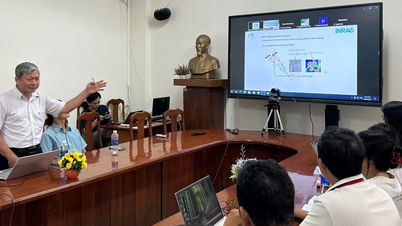
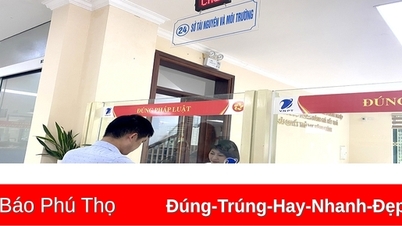



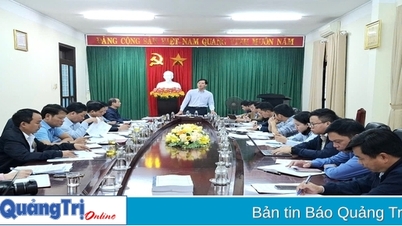

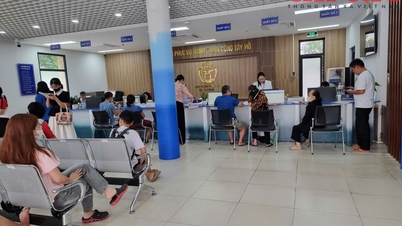


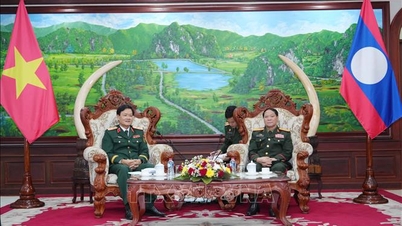
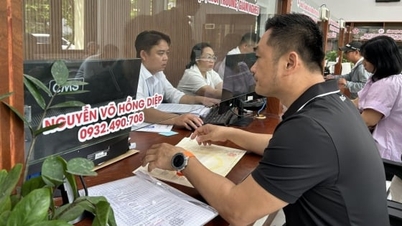
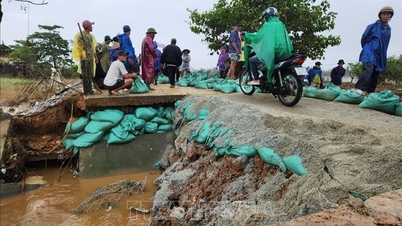






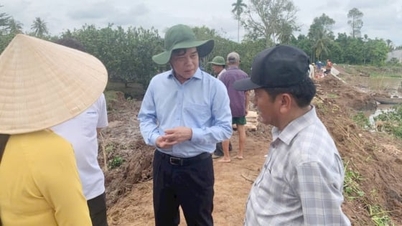

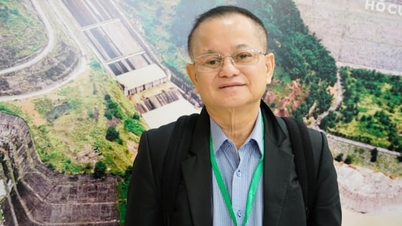
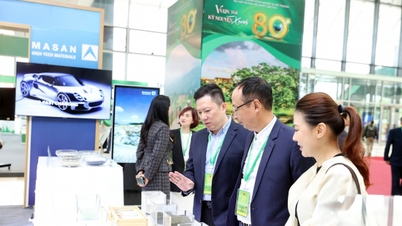

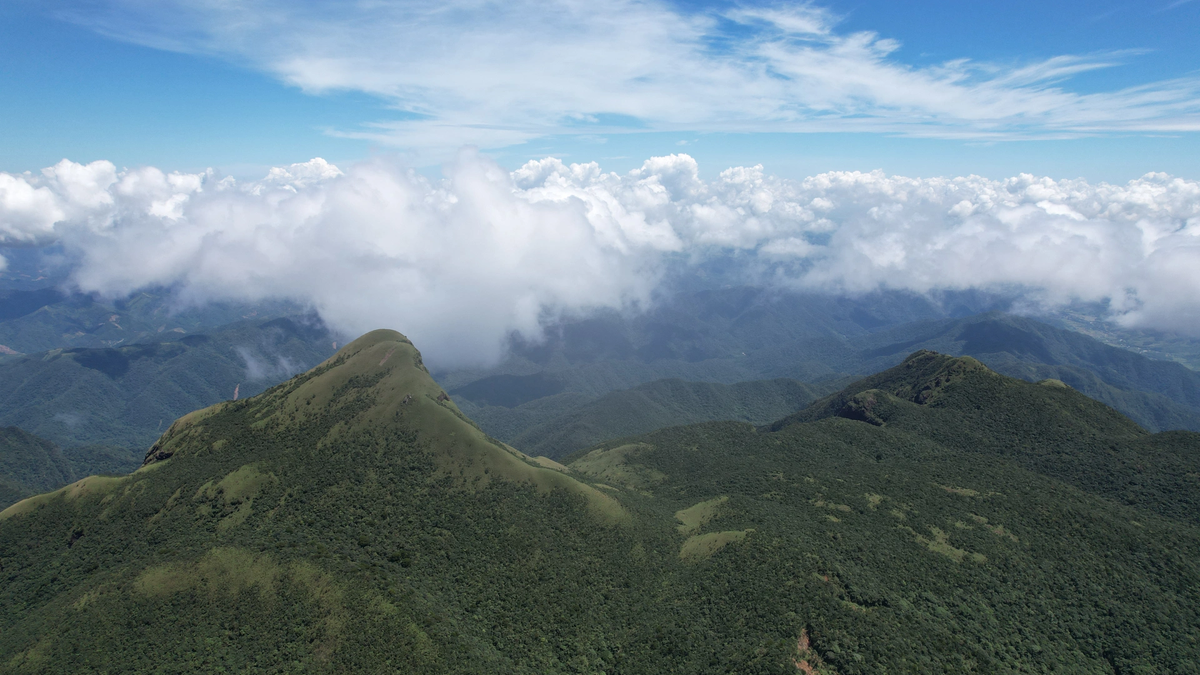





























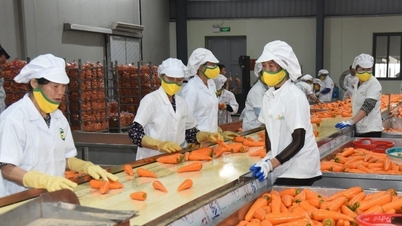








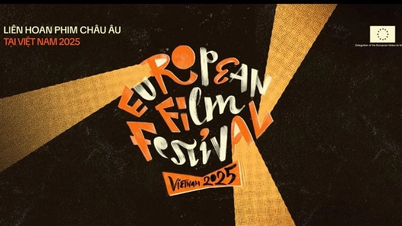
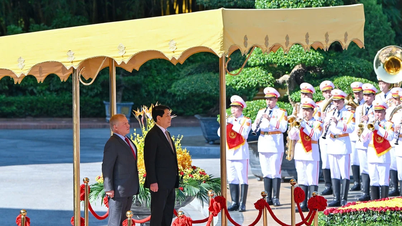









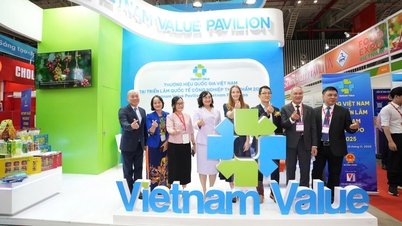






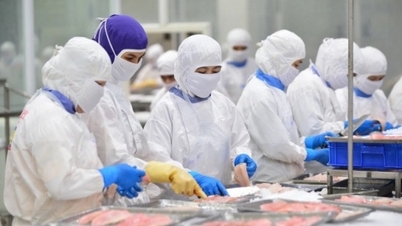




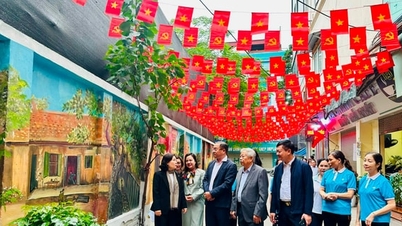






![Dong Nai OCOP transition: [Article 3] Linking tourism with OCOP product consumption](https://vphoto.vietnam.vn/thumb/402x226/vietnam/resource/IMAGE/2025/11/10/1762739199309_1324-2740-7_n-162543_981.jpeg)








Comment (0)